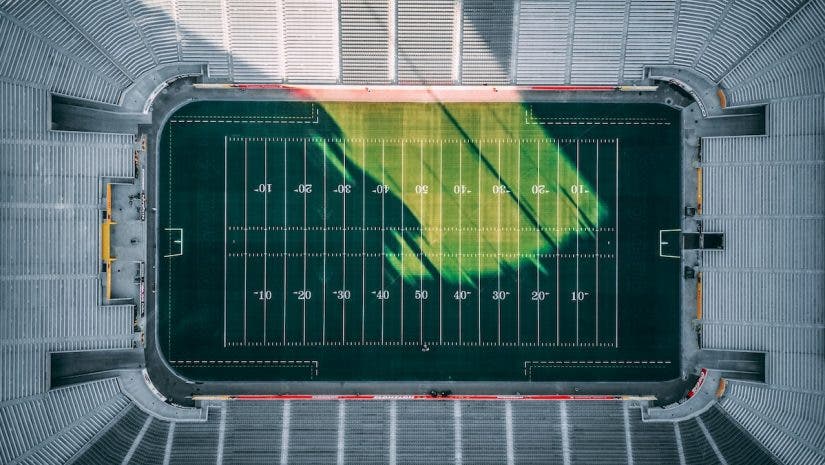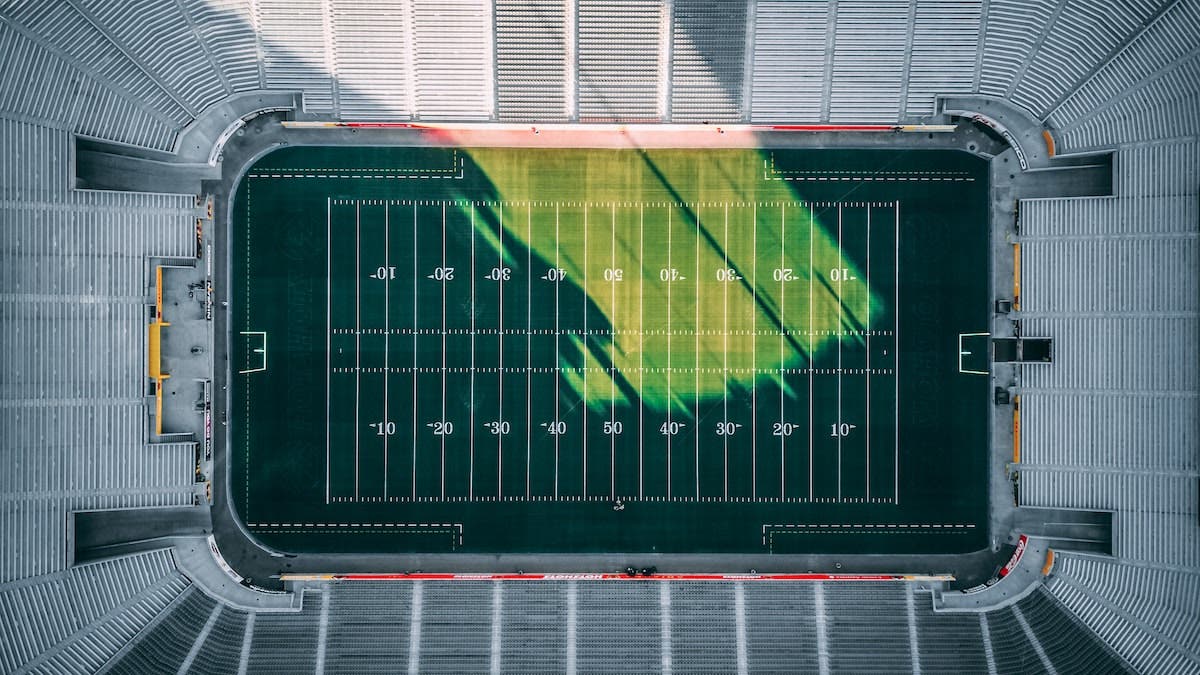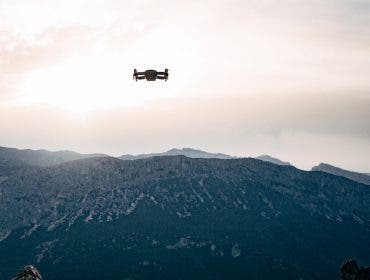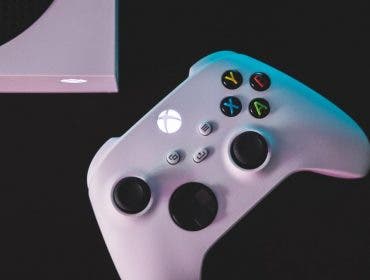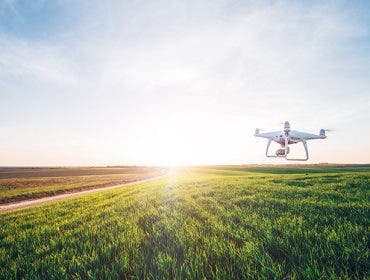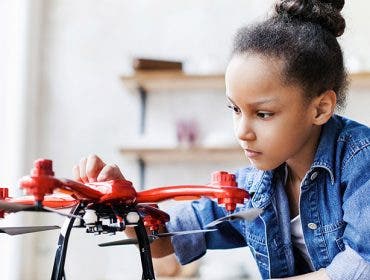Unmanned aerial vehicles, commonly known as drones, have become widely adopted by professional sports organizations like the NFL, NBA, MLB, NASCAR, PGA, etc. Airborne drone coverage not only brings sports fans closer to the action than ever before, but also provides dynamic new vantage points that did not previously exist. Besides allowing spectators and viewers at home to experience the action in new and exciting ways, drones offer plenty of other innovative applications in professional sports.
Key Stats
- The NFL was the first major American sports league permitted to fly drones by the FAA. In addition to using drones to film documentaries and practices, some NFL teams have also begun using them to sanitize stadiums in response to the COVID-19 pandemic.
- December 2014’s Franklin Templeton Shootout, a team golf event on the PGA Tour, was the first televised professional golf event to utilize drone coverage.
- 300 aerial drones were used by the NFL during Lady Gaga’s Super Bowl LI halftime show in 2017 to display an illuminated American flag (as well as other logos) above Houston’s NRG Stadium. This was the first time that aerial drones were part of a public television broadcast.
- Over 1,800 drones were used during the recent Tokyo Summer Olympics. They were used during the opening ceremony to create an intricate aerial light show above Japan National Stadium.
- The “Field of Dreams” game between the New York Yankees and the Chicago White Sox, which took place on August 12, 2021, was the first time the MLB utilized aerial production drones. MLB Network also began trialing drones for television coverage purposes earlier in 2022, including following batters as they are rounding bases, tracking pitchers as they make their way from the dugout to the mound, and relievers emerging from the bullpen.
How are Drones Being Used in Professional Sports?
Performance Analytics
Drones provide a unique bird’s eye view of training sessions and competitive matches. This new perspective gives the coaching staff a better understanding of athlete positioning and formations, as well as other vital performance and tactical data such as individual and team behavior that were previously unavailable. In the data-driven world we live in, better data equals better analytics, better analytics equals improved tactical strategies, and improved tactical strategies (hopefully) equals victories.
Improved Officiating
The additional vantage points drones provide are tremendously useful for officials like stewards and referees as well. These additional views provide a more comprehensive picture of sporting incidents during video replays, leading to quicker and better refereeing.
Transforming Broadcasts
Drones have seen widespread adoption in sportscasting within the past decade. In many instances, they’ve replaced traditional broadcast helicopters altogether thanks to their ability to achieve the same functionality at a fraction of the operating costs. Their significantly more compact footprint also allows them to get much closer to athletes without the safety risks associated with doing so with helicopters. This also opens countless previously unimaginable angles, letting sportscasters capture the action like never before.
Dazzling Entertainment
In addition to capturing the action on the field, drones have increasingly become part of the entertainment as well. From Super Bowl halftime shows to Olympics opening ceremonies, we’re seeing more and more drones utilized in elaborate, mesmerizing light shows.
Aerial Surveillance & Crowd Control
Authorities and security officials are getting in on the party as well, taking full advantage of the aerial vantage point to efficiently and effectively surveil the venue. Drones can also be outfitted with optical zoom and thermal imaging cameras to help monitor crowds, identify potential bad actors, as well as to collect video evidence.
Health & Safety
As a response to the COVID-19 pandemic, some NFL teams (such as the Atlanta Falcons) have begun deploying drones to disinfect their stadiums. These specially outfitted drones can evenly distribute medical-grade disinfectant spray from the air, allowing them to sanitize large venues (like arenas and stadiums) in a short amount of time.
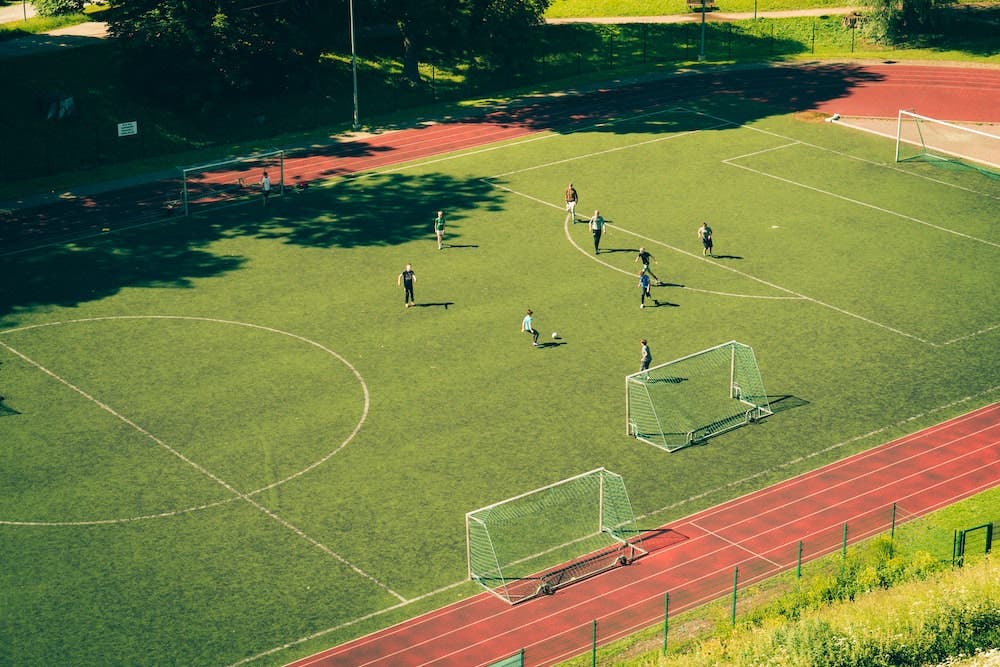
Why are Drones Useful for Professional Sports?
Reduced Costs
Drones require less personnel and are much cheaper to operate compared to broadcast helicopters.
Safety
Unlike broadcast helicopters, drones have a much smaller footprint and don’t require flammable fuel or multiple people to operate.
Unique Perspectives
In addition to aerial views of the action, their smaller footprint and high degree of maneuverability allow drones to fly much closer to athletes, opening new and exciting camera angles.
Immersion
Since drones are much nimbler and can get much closer to the action compared to helicopter camera operators, drones can keep pace with fast-moving subjects like athletes and racecars, offering dynamic new perspectives that bring sports fans into the thick of the action.
Environmentally Friendly
Unlike helicopters, which have considerable carbon footprints, drones are battery-powered and don’t require jet fuel or avgas to operate. As such, drones have a significantly smaller carbon footprint.
What To Know Before Using Drones
FAA Rules & Regulations
Without a special waiver, current FAA regulations only allow drones to fly during daylight hours, no higher than 400 feet and no faster than 100 miles per hour. Additionally, the aircraft must remain in the visual line of sight of the remote operator.
Costs of Setting Up a Drone Program
Flying a drone for commercial use requires training. While the benefits far outweigh the costs, it’s important understand your goals and create a plan before purchasing hardware.
Risk of Lawsuits
Similar to any other collision, if a drone crashes, any harmed individuals may be able to bring upon a lawsuit. This further emphasizes the importance of training, and understanding the rules and regulations, so you can fly safely and compliantly.
How Can Adorama Business Solutions Help?
Top Vendors
Adorama Business Solutions has strong relationships with top manufacturers like DJI, Autel, Sony, FLIR, Flyability, Freefly, Yuneec, Draganfly and many more.
Training
Adorama offers numerous UAS training programs, from its in-house, ground-up drone training for Public Safety, to COA Development, SOP Development, photogrammetry, crime scene mapping, night and thermal operations and more.
Software & Payloads
Adorama carries many software solutions. Our experts can discuss the right software, hardware, camera and sensor pairings for the job.
Subject Matter Experts
Adorama Business Solutions employs and partners with dozens of drone industry experts, with vast arrays of experience. We help companies get started flying their missions — efficiently and compliantly.
Recommended Products
DJI Mavic 3 Cine
- 4/3 CMOS Hasselblad Camera
- 5.1K/50fps and DCI 4K/120fps
- 46-Min Max Flight Time
- 28x In Hybrid Zoom Capabilities
- 15km Video Transmission
- Apple ProRes 422 HQ Video Recording
- Built-in 1TB SSD
Sony Airpeak S1
- The Smallest Drone in its Class for Alpha Mirrorless Cameras
- 55.9mph Max Speed
- Stable in Winds Up to 44.7 mph
- Dual Operation Mode for Independent
- Control of Aircraft and Gimbal/Camera
- GBL-T3 (Gremsy Gimbal)
- 5 Cameras & 2 IR Sensor Vision Systems
- Obstacle Avoidance & Braking Function
Autel EVO II
- Industry Leading 8K Camera
- 1-8x (4x Lossless) Zoom
- 40min Flight Time
- 360 Degree Obstacle Avoidance
- 9km Video Transmission
- Dynamic 48MP Stills
- HDR Video
Freefly Alta 8 Pro
- 35lb Max Payload
- 50min Flight Time
- Complex Waypoint-Guided Autopilot
- 5V, 12V DC to DC Converters to Power Payloads
- Long Range Data link
- Adjustable Vibration Isolation Included
- 33 Inch Blades with ActiveBlade Technology
To download this information, please fill out the form below and click “Download Now.”
